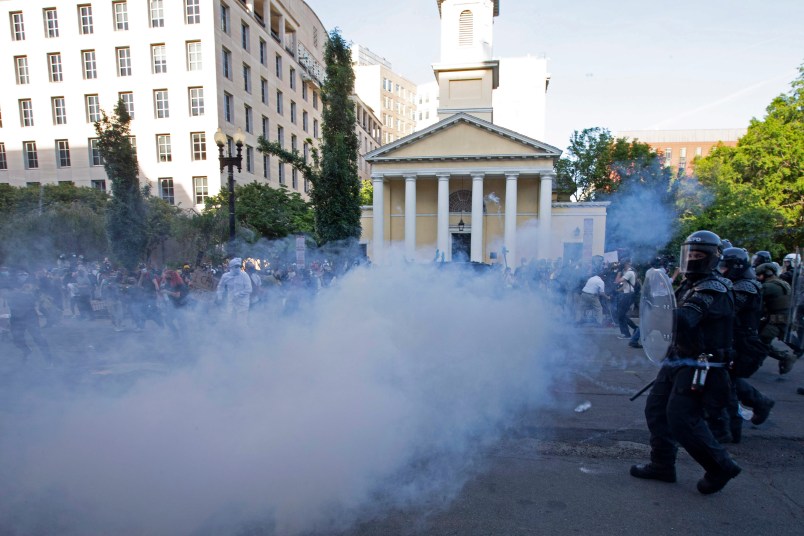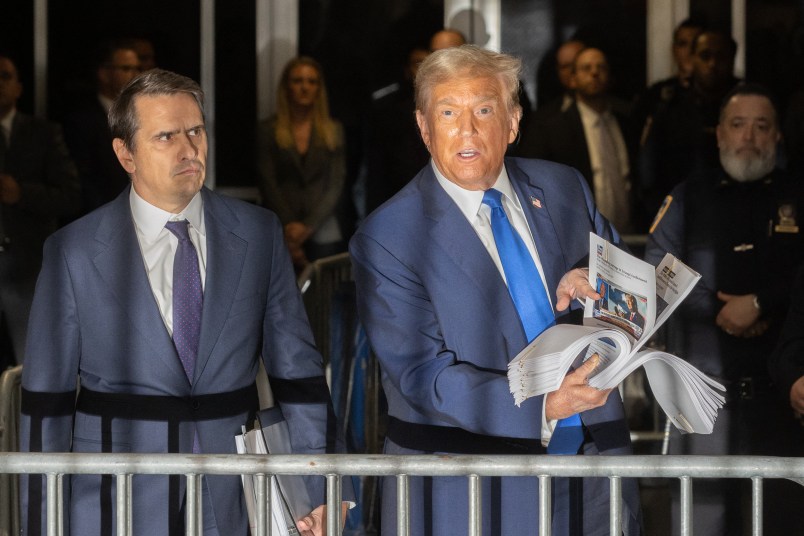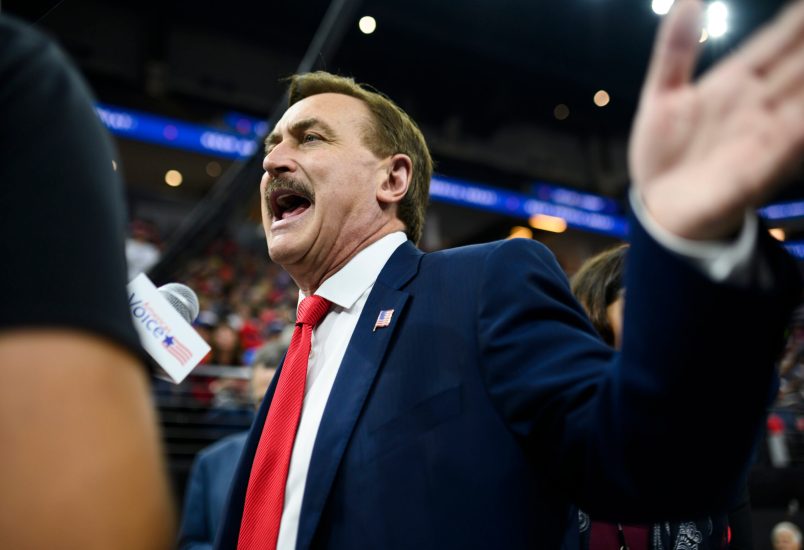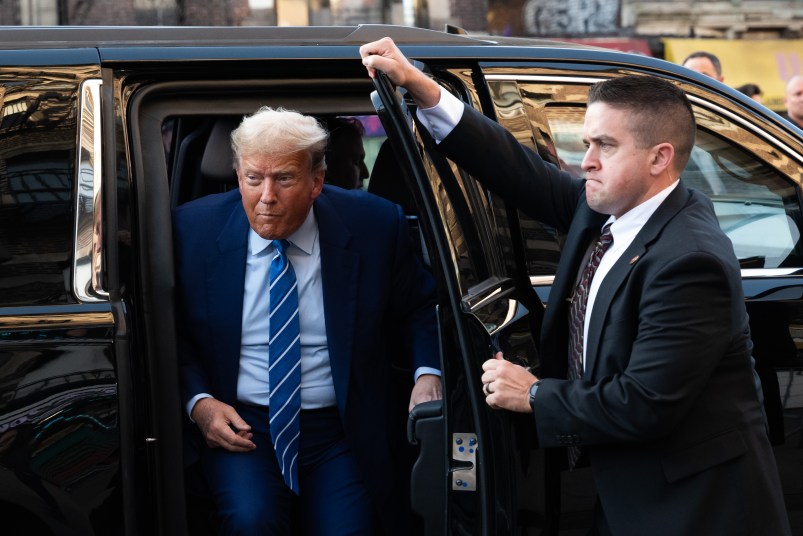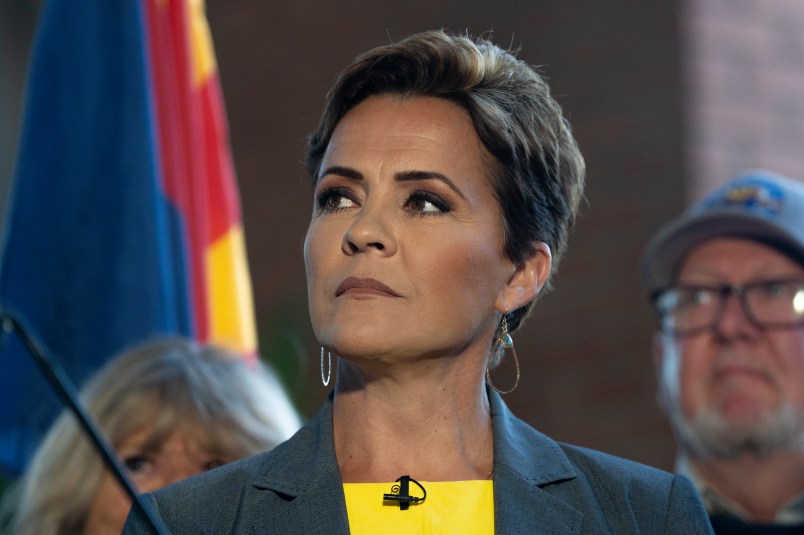The top brass at the Defense Department’s military police force in the D.C. region considered using a heat ray as part of efforts to remove peaceful protesters in Lafayette Square to make way for President Donald Trump’s infamous photo-op in June, according to a whistleblower at the D.C. National Guard.
Per written testimony to the House Natural Resources Committee on August 28 first obtained by NPR and the Washington Post on Wednesday, Major Adam DeMarco of the D.C. National Guard testified that he had been copied on an email the Provost Marshal of Joint Force Headquarters National Capital Region had sent on June 1 inquiring whether the National Guard had the Active Denial Systems (ADS) at its disposal that law enforcement could use against the protesters that day.
DeMarco told the committee that the provost marshal described in the email how the ADS can “immediately compel an individual to cease threatening behavior or depart” by causing a “sensation of intense heat on the surface of the skin.”
“The effect is overwhelming, causing an immediate repel response by the targeted individual,” the provost marshal wrote, according to DeMarco.
The whistleblower’s testimony reflects the extent to which federal law enforcement was willing to reach in order to clear a path for Trump’s photo-op at St. John’s Church that featured Trump showing up at the church uninvited to wave around a Bible in front of the cameras. Trump had reportedly orchestrated the photo-op as an attempted show of strength following reports that he had hidden in a bunker during the protests against police brutality several days before.





